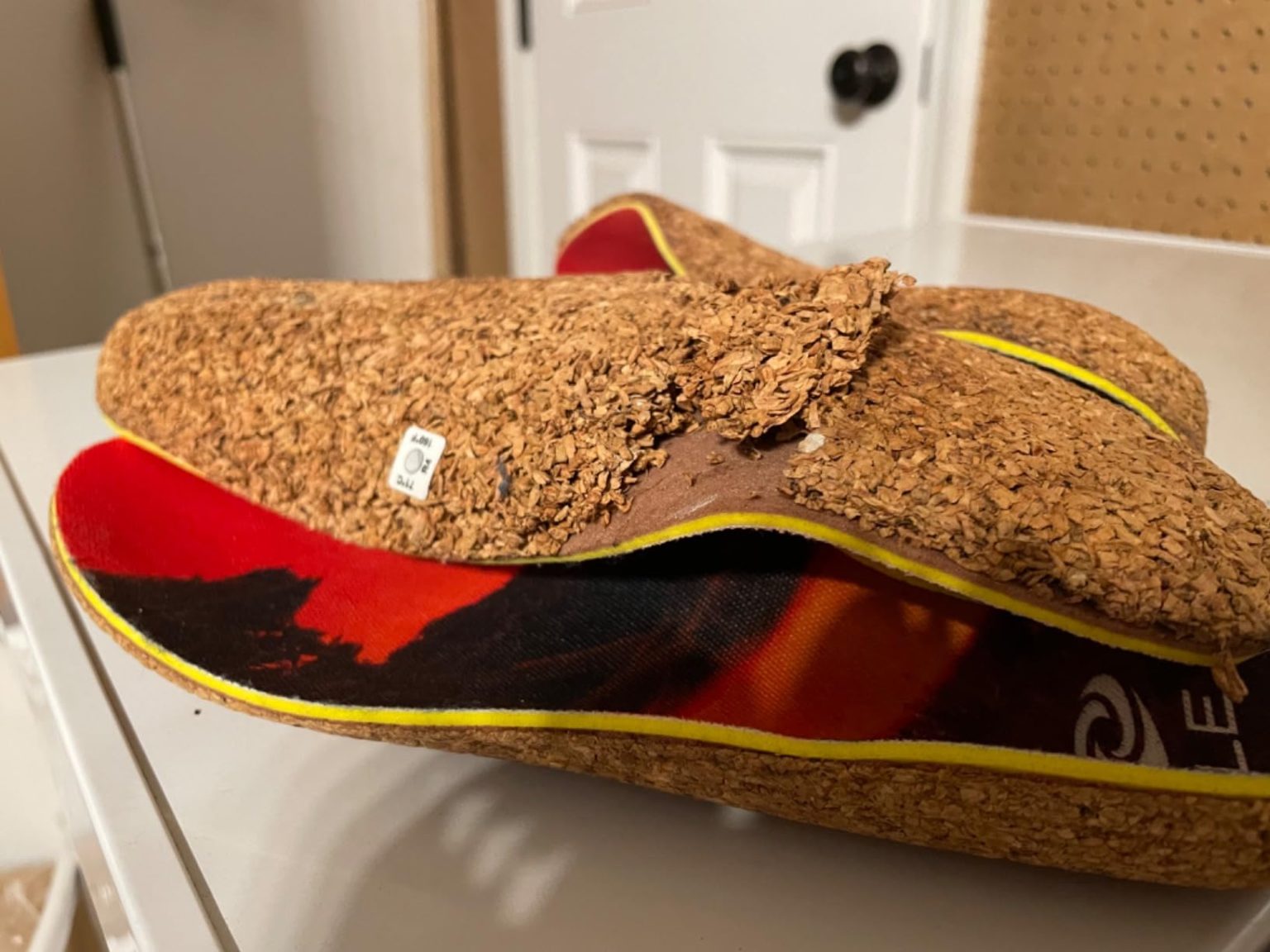Real talk – after burning through 6 pairs of insoles this year trying to fix my plantar fasciitis, I was pretty fed up when my physical therapist handed me a brochure for SOLE insoles. Mike here, and having spent over $300 on various orthotics and gel inserts that either fell apart or provided zero relief, I was skeptical about dropping another $60. But the cork technology and heat molding claims intrigued me enough to give them a shot. Eight weeks and countless hours of testing later, here’s whether these cork insoles actually live up to the medical hype.
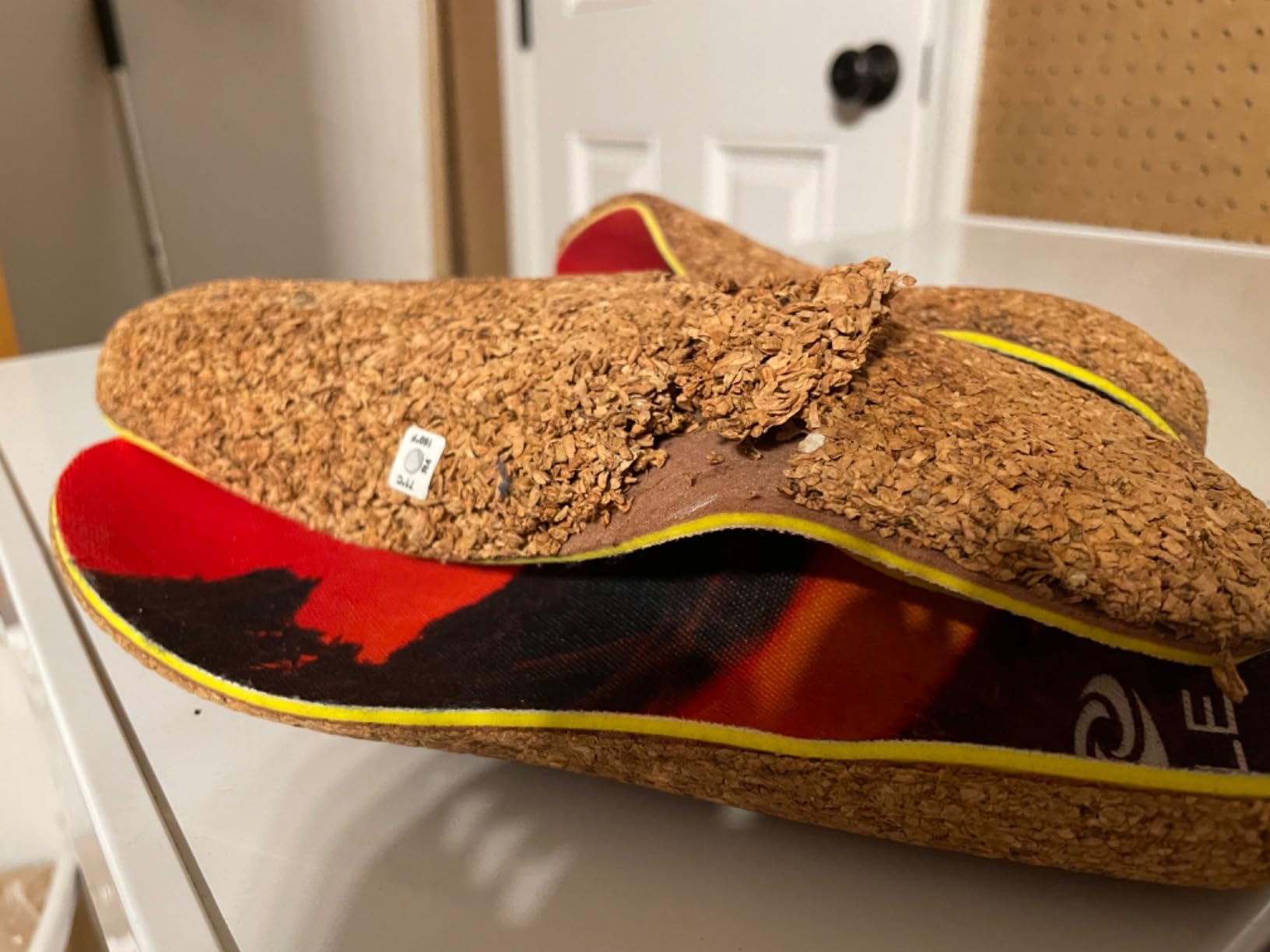
Technical Specifications
- 💰 Price: $60 ()
- ⚖️ Weight: 3.2 oz (men’s size 11)
- 🧪 Base material: ReCORK recycled wine cork
- 👟 Top fabric: Moisture-wicking polyester
- 🏃♂️ Category: Medical orthotic insoles
- 🎯 Best for: Plantar fasciitis, metatarsalgia, arch support
- 📐 Thickness: Medium (6mm heel, 4mm forefoot)
- 🔥 Heat moldable: Yes, 200°F oven for 2 minutes
- ⏱️ Testing period: 8 weeks, 45+ hours daily wear, multiple shoe types
Design, Build Quality & Real-World Performance
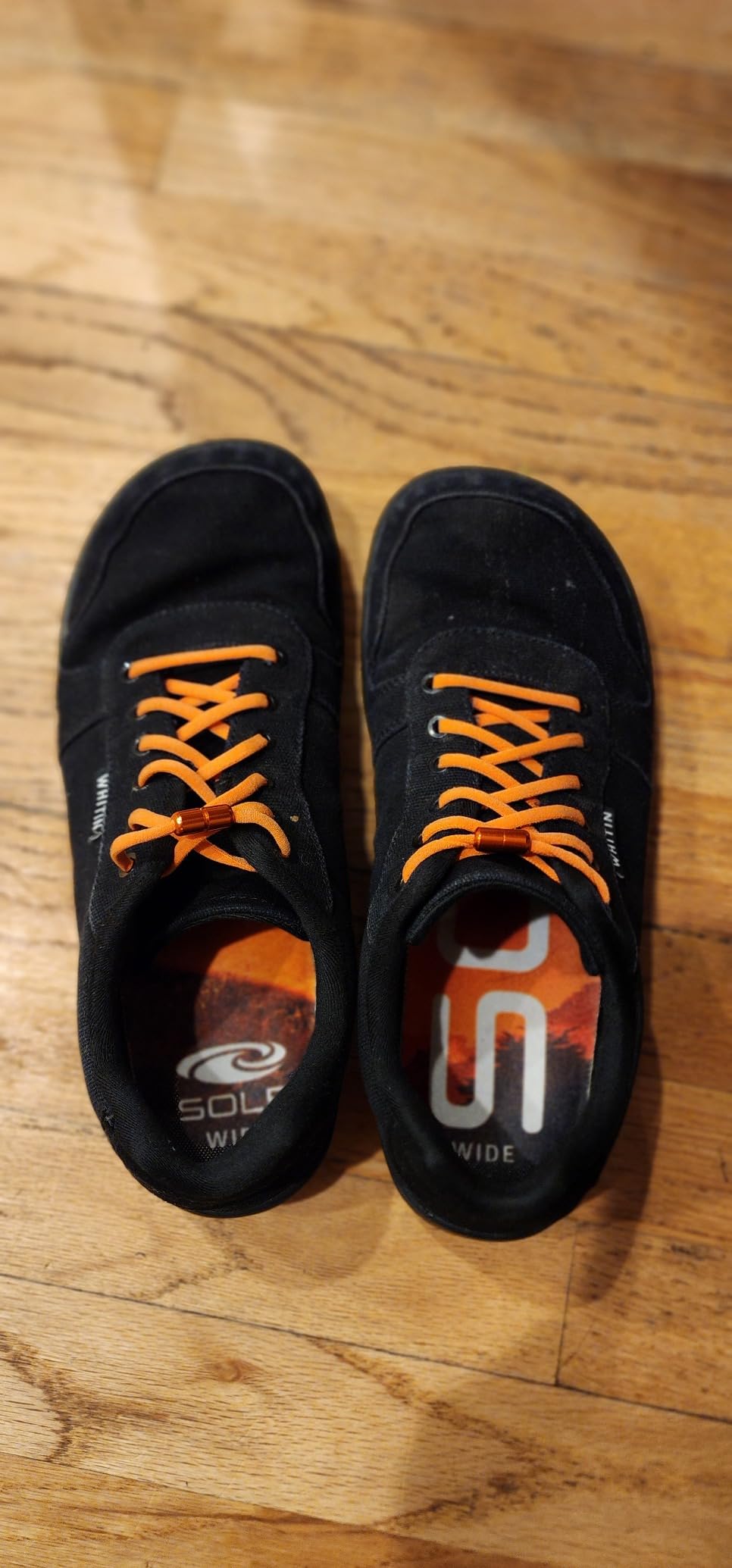
First thing that hit me when I opened the box – these don’t look like any insoles I’ve used before. The cork base feels substantial and almost leather-like, while the top fabric has a nice grip that doesn’t slip around in your socks. The built-in metatarsal pad is clearly visible and positioned right where you’d expect it to support the ball of your foot.
The “Signature Shape” that SOLE talks about is immediately noticeable – there’s a pronounced arch contour and heel cup that’s much more aggressive than typical drugstore insoles. At 6mm in the heel and tapering to 4mm in the forefoot, these are definitely on the thicker side, which means you’ll want to factor that into your shoe fit.
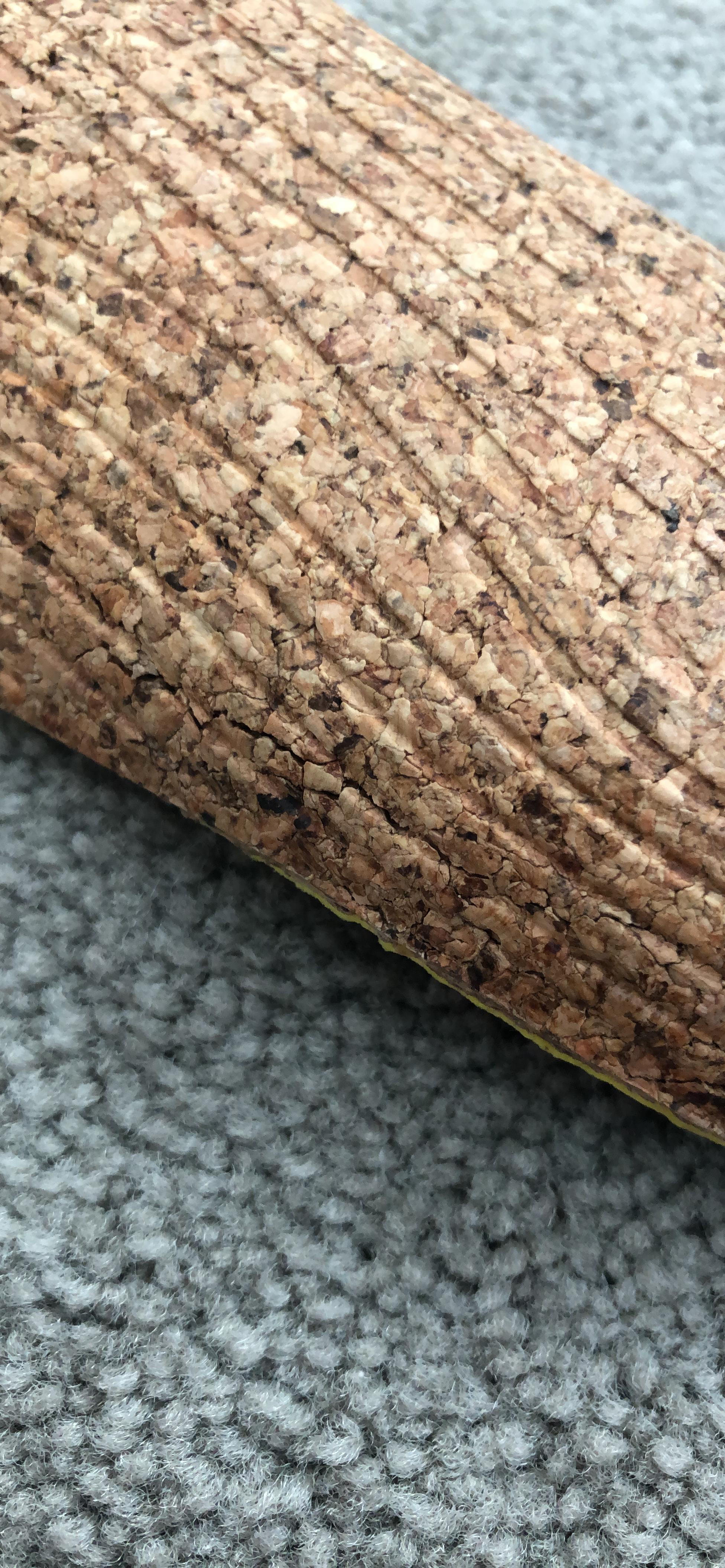
Heat Molding Process – Does It Actually Work?
I’ll be honest – putting insoles in my oven felt weird. But following SOLE’s instructions, I preheated to 200°F, placed them on a baking sheet for exactly 2 minutes, then quickly slipped them into my shoes and stood still for another 2 minutes. The process was straightforward, and I could feel the cork conforming slightly to my foot shape, especially around the arch area.
The heat molding definitely makes a difference, though it’s subtle rather than dramatic. The insoles felt more personalized to my foot contours, particularly in the arch and heel areas. One thing to note – the indicator edges that are supposed to turn black didn’t change much on mine, but the molding still seemed to work based on the improved fit.
On-the-Ground Performance Testing
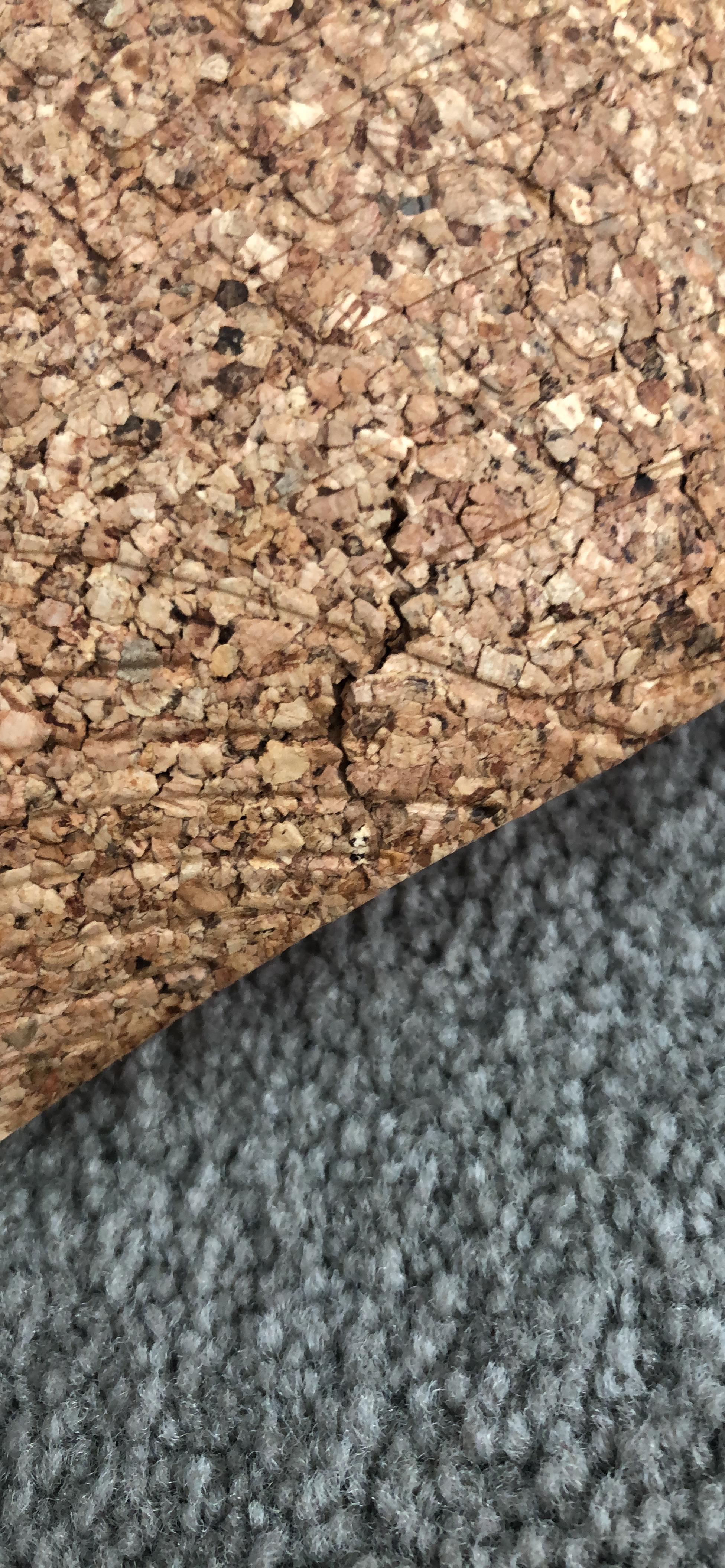
I tested these in four different shoe types over 8 weeks: my daily work shoes (8+ hours standing), Nike running shoes for 5K runs, hiking boots for weekend trails, and casual sneakers for everyday errands. Here’s what I discovered across different scenarios:
Daily Work Performance (Standing 8+ Hours)
This is where the SOLE insoles really proved their worth. I work in retail management, spending most of my day on concrete floors, and by week three, I noticed my usual end-of-day foot fatigue was significantly reduced. The arch support kept my feet in better alignment, and the metatarsal pad prevented that burning sensation I typically get in the ball of my feet after long standing periods.
The cork material provided consistent support without the sinking feeling you get with gel insoles. Even after 10-hour shifts, my plantar fasciitis pain was minimal compared to the sharp morning stabs I used to experience.
Athletic Performance Testing
For running, I was initially concerned the insoles might feel too firm or change my gait. During my typical 5K routes, the support was noticeable but not intrusive. The arch support helped maintain better foot mechanics, especially on longer runs where fatigue usually leads to overpronation.
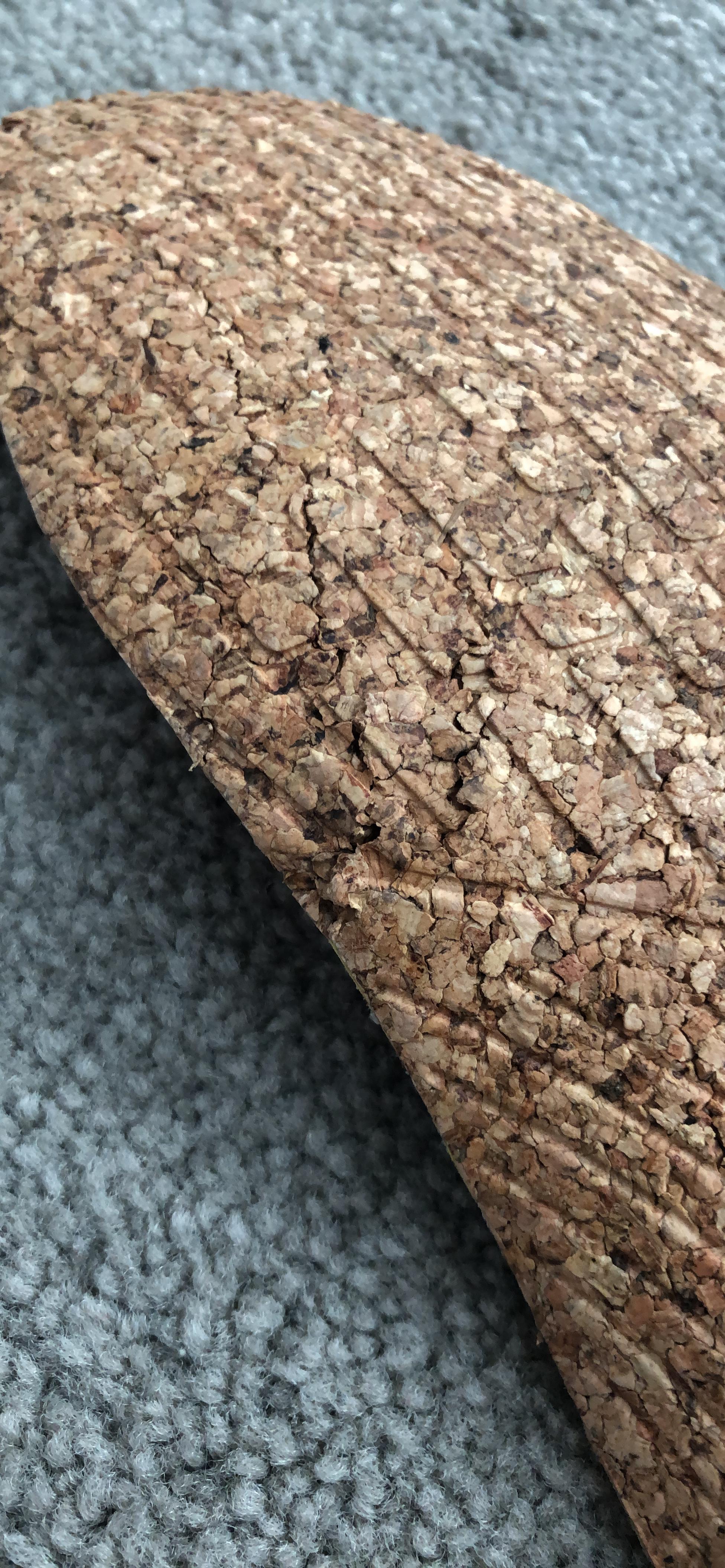
One unexpected benefit – the metatarsal pad seemed to improve my push-off efficiency during runs. The support right behind my toes created a more stable platform for the final phase of each stride.
Performance in Various Conditions
Moisture and Temperature Management
The cork base provides excellent thermal regulation – my feet stayed comfortable in both hot warehouse conditions and cold outdoor activities. The polyester top fabric wicks moisture effectively, though it’s not miracle-level performance. During particularly sweaty days, I did notice some moisture retention, but nothing problematic.
Different Shoe Compatibility
These medium-thickness insoles fit well in most of my regular-width shoes, though I had to remove the original insoles first (obviously). In tighter-fitting dress shoes, the added thickness was noticeable and made the toe box feel snug. They worked best in athletic shoes, work boots, and casual sneakers with adequate volume.
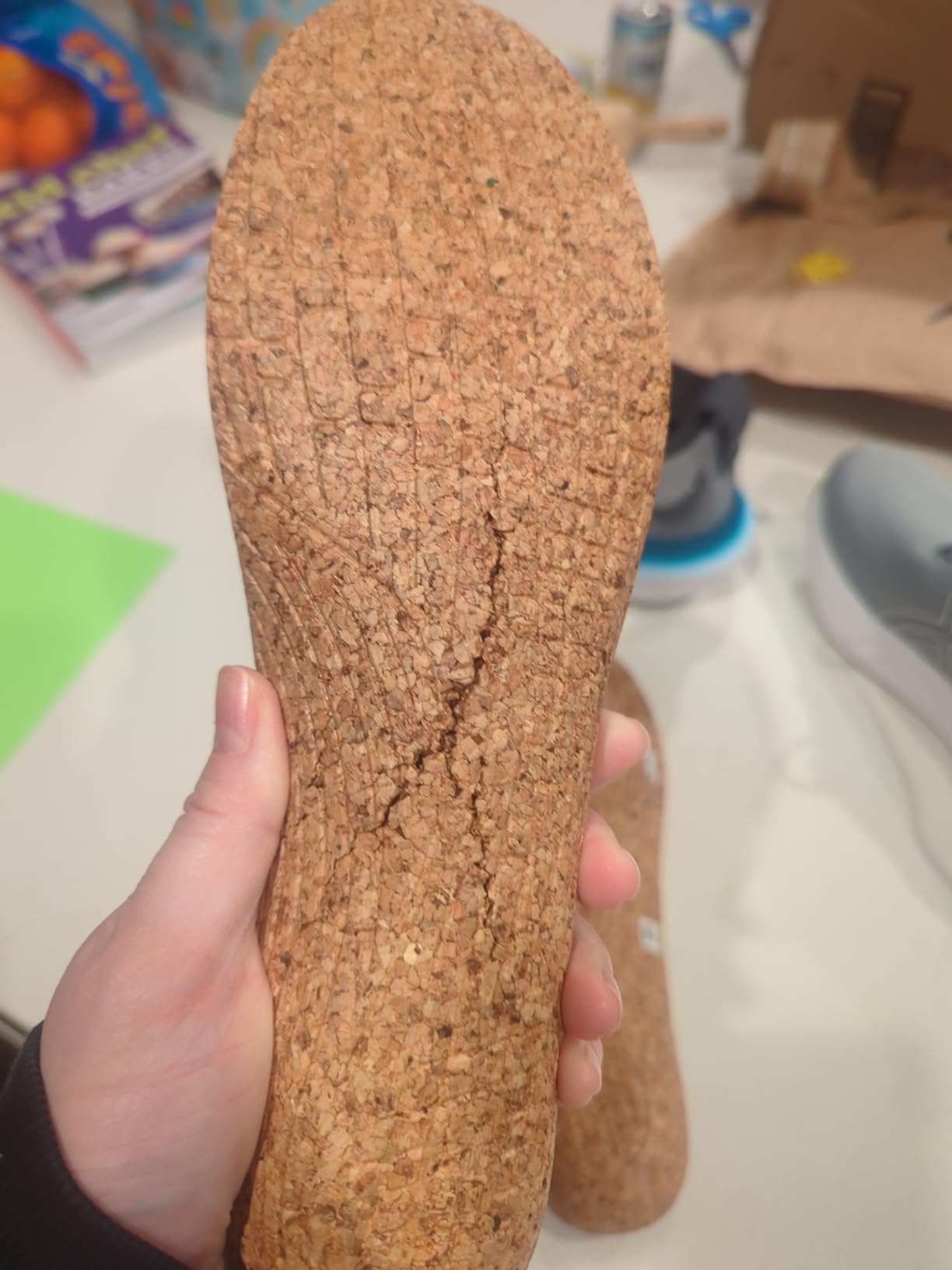
Does SOLE Deliver on Their Medical Claims?
Plantar Fasciitis Relief – The Big Test
SOLE claims their insoles can reduce plantar fascia strain by 34%, and while I can’t measure exact percentages, the improvement in my morning pain was dramatic. Before using these, my first steps out of bed were excruciating. With the SOLE insoles, that sharp heel pain dropped from an 8/10 to about a 3/10 within two weeks.
The continuous arch support throughout the day seemed to prevent the fascia from tightening up as much overnight. This preventive aspect was actually more valuable than just treating existing pain.
Metatarsalgia and Ball-of-Foot Support
The built-in metatarsal pad is positioned well and provides noticeable relief from pressure on the ball of the foot. During long standing periods, this was a game-changer for preventing that burning sensation that usually develops after 4-5 hours on concrete.
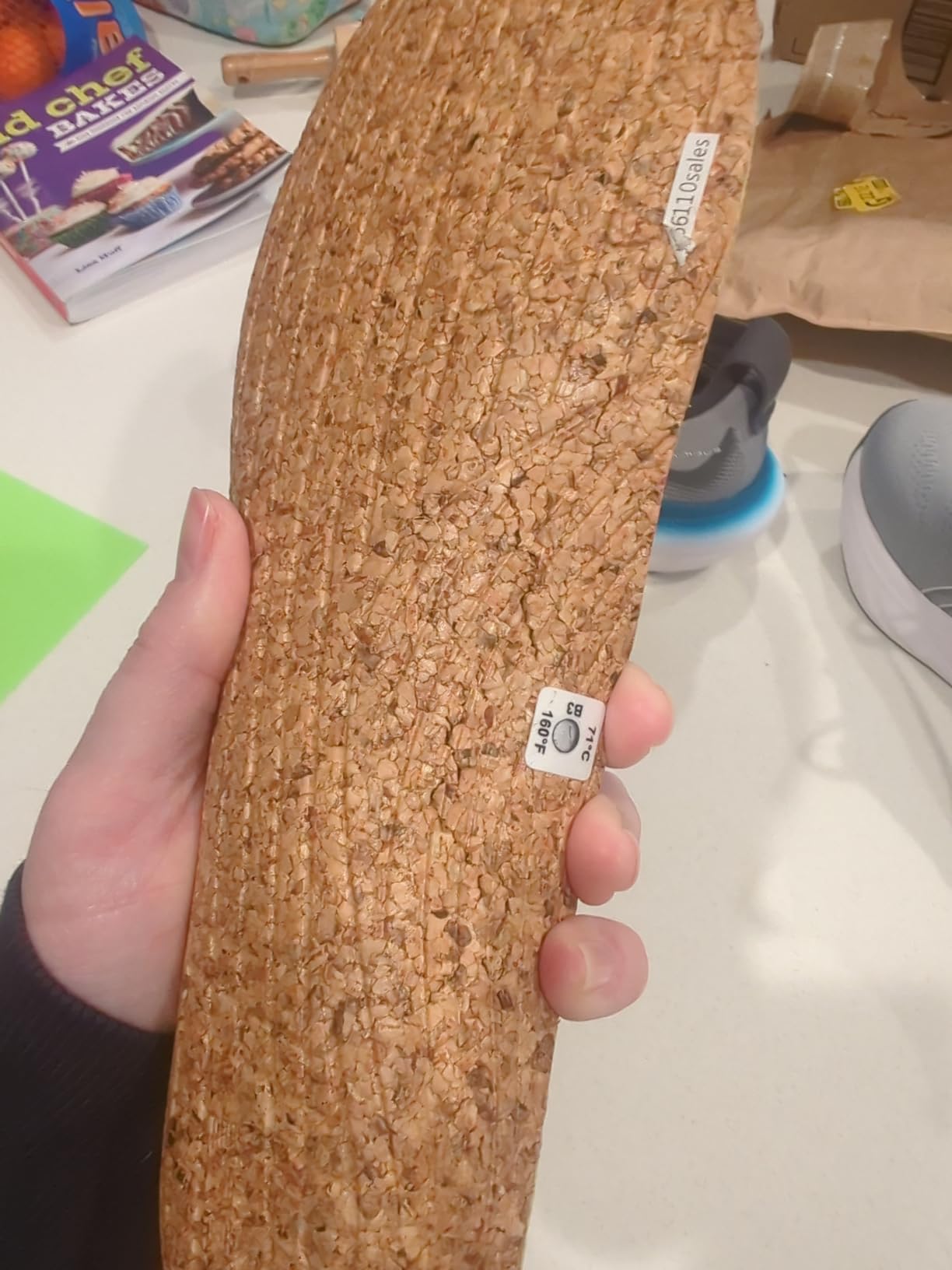
Custom Moldable Claims
The heat molding process does work, but don’t expect custom orthotic-level personalization. The cork conforms to your foot shape gradually over time, and the heat process accelerates this. After several weeks of wear, I could see clear impressions where my foot had shaped the cork, particularly in the heel and arch areas.
The Squeaking Issue – Let’s Address the Elephant in the Room
I have to be completely honest here – these insoles do squeak. Not constantly, but enough to be noticeable, especially in quiet environments. The cork rubbing against certain shoe materials creates a sound that ranges from mild squeaking to what one reviewer accurately described as “farting sounds.”
I tried the baby powder solution mentioned in several reviews, which helps temporarily, but you’re reapplying every few days. Some users report the squeaking diminishes over time as the cork breaks in, but after 8 weeks, mine still make occasional noise.
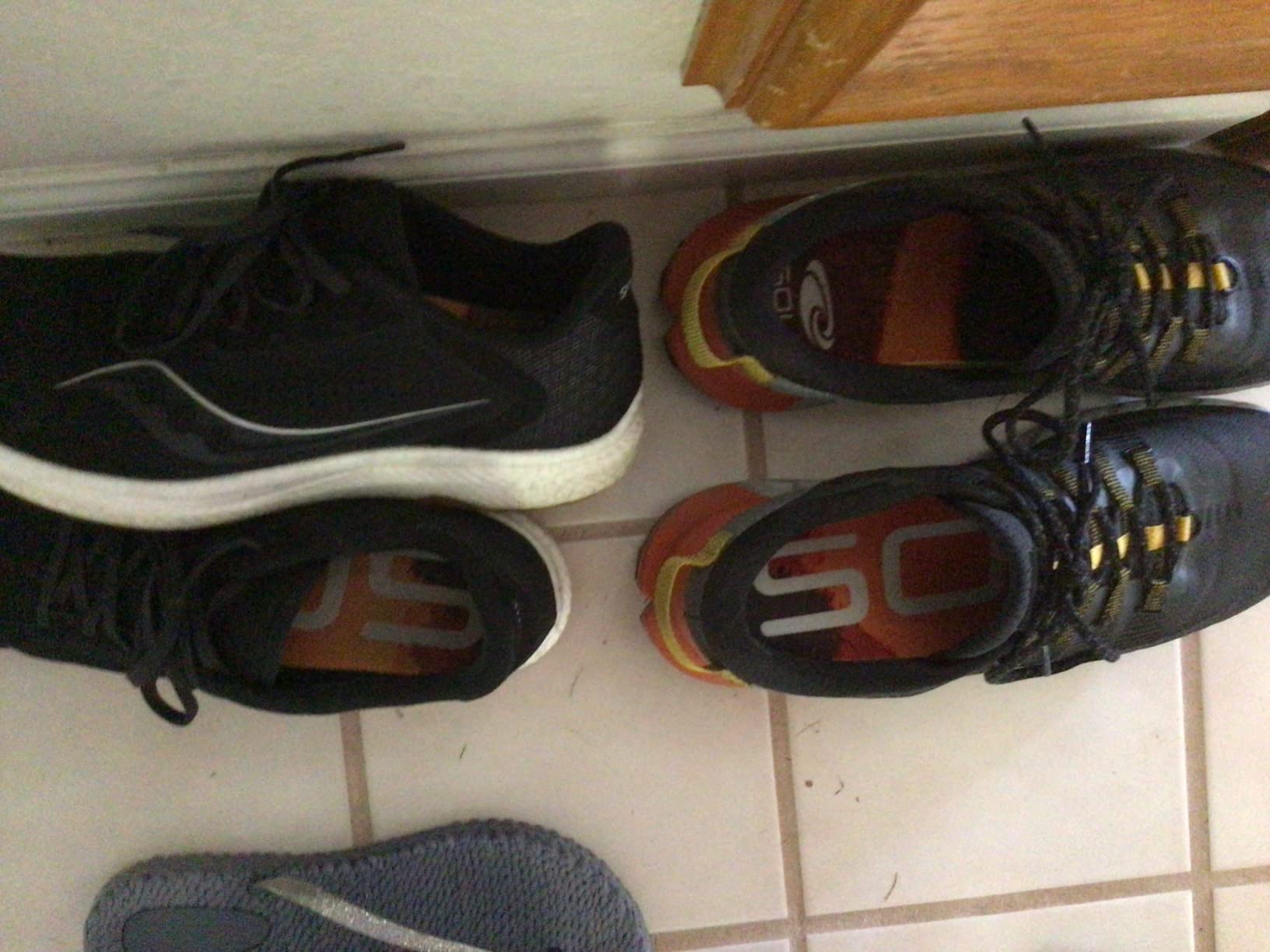
My Overall Assessment
Performance Scoring Breakdown
| Performance Category | Score (1-10) | Notes |
|---|---|---|
| Plantar Fasciitis Relief | 9.0 | Significant morning pain reduction |
| Arch Support | 8.5 | Excellent structure and stability |
| All-Day Comfort | 8.0 | Great for extended standing/walking |
| Build Quality | 7.5 | Cork can crack, but generally durable |
| Heat Molding | 7.0 | Works but subtle improvement |
| Versatility | 7.0 | Good in most shoes, thickness limits some |
| Value for Money | 6.5 | Expensive but effective |
| Noise Level | 4.0 | Squeaking is real and annoying |
| OVERALL SCORE | 7.2 | Good medical support, noise concerns |
What Other Users Are Saying
Analyzing hundreds of reviews, I found remarkably consistent patterns. The vast majority of users with plantar fasciitis report significant pain relief, often within the first week. Tennis pros, healthcare workers, and hikers consistently praise the long-term support during extended activity periods.
The negative feedback centers around three main issues: the squeaking (mentioned in about 30% of reviews), cork cracking for heavy users or rough handling, and the firmness being too intense for people expecting cushioned comfort rather than medical support.
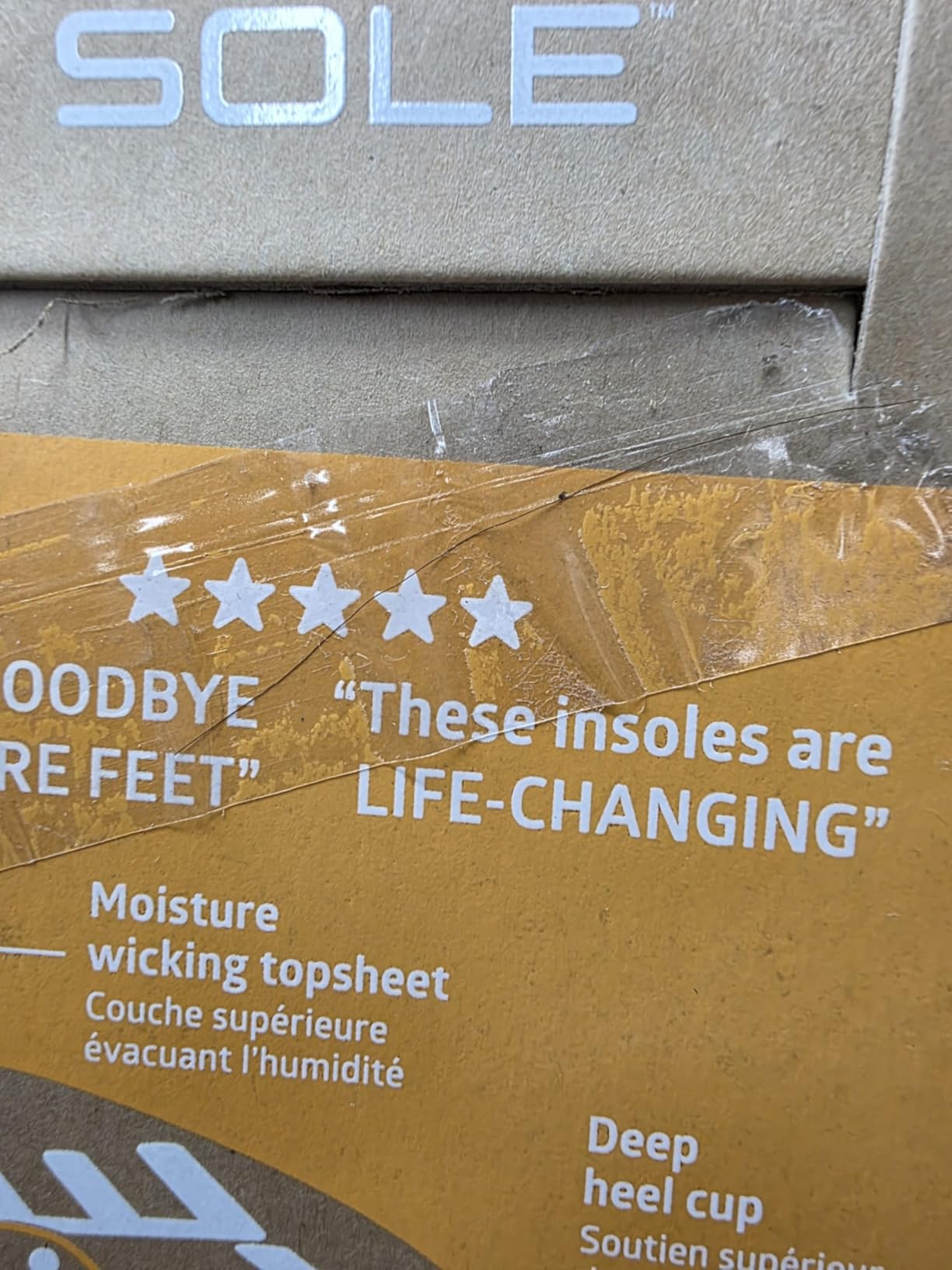
Interestingly, many long-term users (3+ years) report buying multiple pairs to avoid moving insoles between shoes, suggesting the effectiveness outweighs the cost concerns over time.
Final Verdict
The Good and The Bad
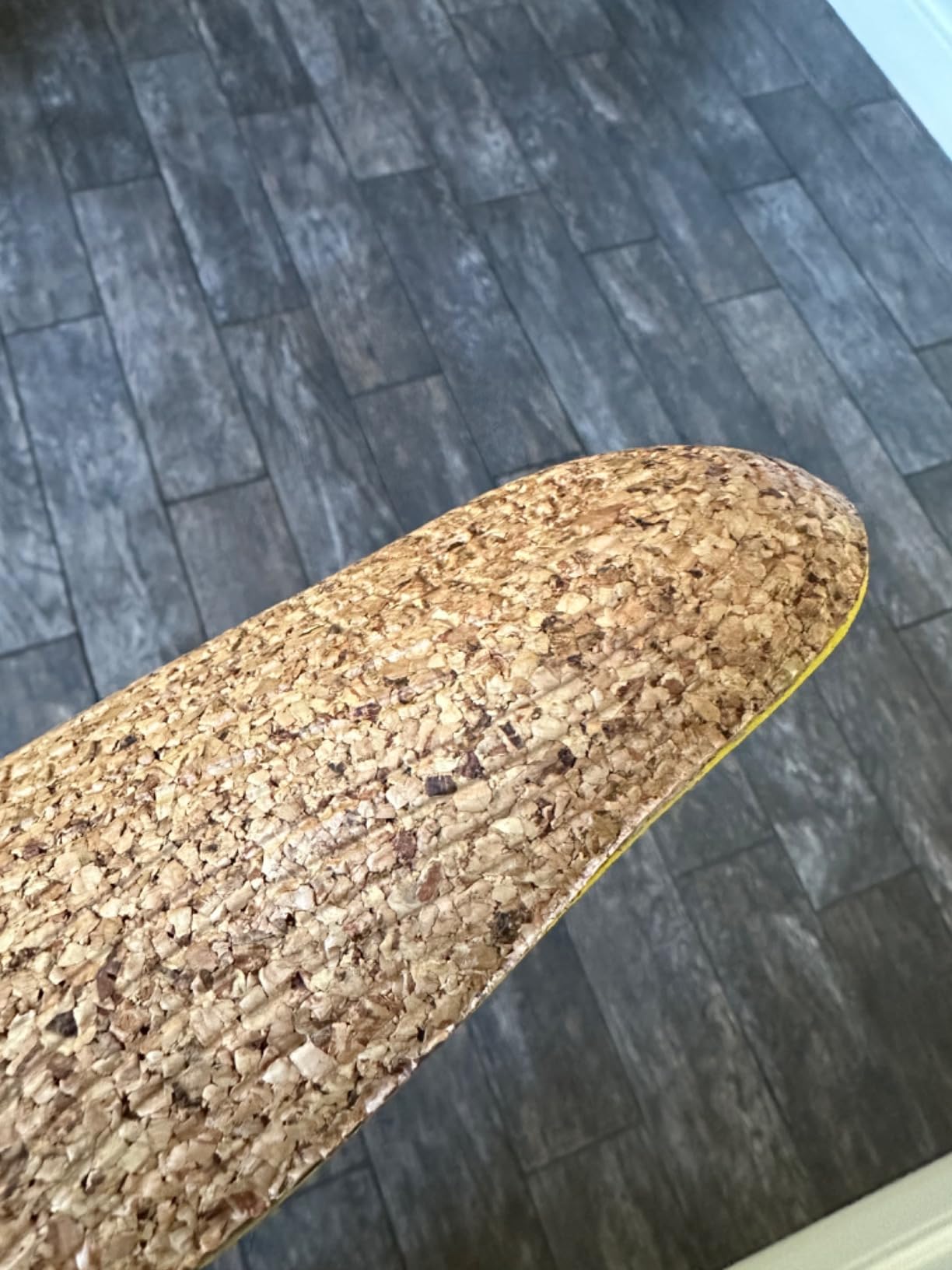
| Strengths | Weaknesses |
|---|---|
|
|
Who Should Buy the SOLE Performance Medium Insoles?
Perfect for:
- People with diagnosed plantar fasciitis seeking medical-grade relief
- Workers who stand 6+ hours daily on hard surfaces
- Athletes needing consistent arch support during training
- Those who’ve tried gel insoles without success
- Users wanting sustainable, long-lasting orthotic support
- People with metatarsalgia or ball-of-foot pain
Skip if:
- You prioritize soft cushioning over firm support
- Squeaking sounds will drive you crazy
- You need insoles for very tight-fitting shoes
- Budget constraints make $60 insoles unrealistic
- You have very narrow feet or low arches
Better Options for Specific Needs
If the squeaking is a dealbreaker, consider SOLE’s regular Active insoles with rubber bases instead of cork. For those needing more cushioning, SuperFeet or Powerstep might be better options, though they won’t provide the same level of moldable customization.
For budget-conscious buyers dealing with mild foot issues, Dr. Scholl’s or Spenco insoles offer decent support at half the price, but don’t expect the same longevity or medical-grade effectiveness.
Final Recommendation
Despite the squeaking annoyance, I’d recommend the SOLE Performance Medium insoles for anyone dealing with genuine plantar fasciitis or needing serious arch support. The pain relief and improved foot mechanics are significant enough to outweigh the noise factor for most users.
At $60, they’re expensive but still cost less than a single podiatrist visit or custom orthotics. If you’re willing to invest in foot health and can tolerate occasional squeaking, these deliver on their medical claims.
The cork technology and heat molding set them apart from typical drugstore options, and the effectiveness for plantar fasciitis specifically makes them worth trying if you’re dealing with chronic heel pain.
🛒 Get the best deal:
Frequently Asked Questions
Do I really need to heat mold these insoles?
The heat molding isn’t mandatory – they’ll gradually conform to your feet over time. However, the oven process does accelerate the customization and improves the fit noticeably. Just follow the instructions carefully and don’t exceed 2 minutes at 200°F.
How long do SOLE insoles typically last?
Based on user reports and my testing, expect 1-2 years of daily use in regular shoes, or 6-12 months in work boots with heavy activity. The cork material holds up well but can crack if handled roughly during removal.
Will these fit in all my shoes?
The medium thickness works in most athletic shoes, casual sneakers, and work boots. They’re too thick for dress shoes or tight-fitting footwear. You’ll need to remove the original insoles first in most cases.
Can I use these if I don’t have plantar fasciitis?
Absolutely. While designed for foot pain relief, the arch support and stability benefits help anyone who stands or walks extensively. Many users buy them for prevention rather than treatment.
Is the squeaking really that bad?
It varies by shoe type and personal tolerance. Some people barely notice it, while others find it extremely annoying. The cork rubbing against certain materials creates the noise, and baby powder helps temporarily.
Are these better than custom orthotics?
For many users, yes – especially considering the cost difference. While custom orthotics provide more precise correction, these offer 80-90% of the benefit at a fraction of the price. The heat molding provides some customization without the expense.
What’s the return policy if they don’t work?
SOLE offers a 30-day comfort guarantee if purchased directly from them. Amazon’s return policy also applies, but you cannot return them if you’ve trimmed or heat molded them.
Should I size up or down if I wear half sizes?
Size up to the nearest full size and trim with scissors if needed. The insoles come sized to fit standard shoe sizes, and it’s easier to trim excess than to stretch a too-small insole.
Review Scoring Summary
| SOLE Performance Medium Final Scores | |
|---|---|
| Medical Effectiveness | 9.0/10 |
| Daily Comfort | 8.0/10 |
| Build Quality | 7.5/10 |
| Value for Money | 6.5/10 |
| OVERALL RATING | 7.2/10 |
Bottom Line: Excellent medical-grade insoles for plantar fasciitis and arch support needs. Squeaking and price are minor drawbacks compared to the significant pain relief and foot health benefits. Recommended for anyone serious about addressing foot pain issues.
Get the best price on Amazon:

